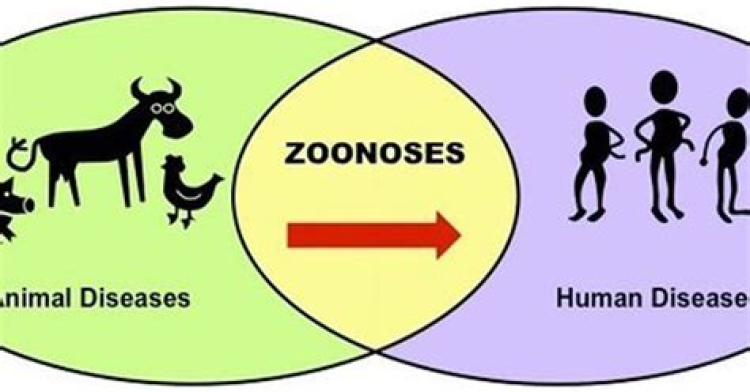- Authors: Spyros Lytras1, Wei Xia2, Joseph Hughes1, Xiaowei Jiang3, David L. Robertson1
- See all authors and affiliationsScience 27 Aug 2021:Vol. 373, Issue 6558, pp. 968-970
- DOI: 10.1126/science.abh0117
Although first detected in December 2019, COVID-19 was inferred to be present in Hubei province, China, for about a month before (1). Where did this new human disease come from? To understand the origin of the COVID-19 pandemic, it is necessary to go back to 2002. At that time a novel respiratory coronavirus appeared in Foshan, Guangdong province, China, and spread to 29 countries (2). Altogether ∼8000 people were infected with severe acute respiratory syndrome coronavirus (SARS-CoV) before public health measures controlled its spread in 2003. The zoonotic origin of SARS-CoV was subsequently linked to live animals available at markets. Further sporadic spill-over events of SARS-CoV from animals took place in Guangzhou, Guangdong, and some researchers working with cultured virus were infected in laboratory accidents (3), but ultimately SARS-CoV was removed from the human population. Trading of susceptible host animals is an important common theme in the emergence of SARS and COVID-19.
Three years after the SARS epidemic began, investigations revealed that horseshoe bats (Rhinolophus) in China were harboring related coronaviruses (4). These collectively form the species SARS-related coronavirus (SARSr-CoV), which comprises the Sarbecovirus subgenus of the Betacoronavirus genus. It was inferred that a sarbecovirus circulating in horseshoe bats seeded the progenitor of SARS-CoV in an intermediate animal host, most probably civet cats (3). Although other possible intermediate hosts for SARS-CoV were identified, in particular raccoon dogs and badgers (for sale with civet cats in animal markets), it is a population of civet cats within markets that appear to have acted as the conduits of transmission to humans from the horseshoe bat reservoir of SARS-CoV, rather than civet cats being a long-term reservoir host species. Presumably a captive civet cat initially became infected by direct contact with bats—e.g., as a result of bats foraging in farms or markets—or was infected prior to capture. Following the SARS epidemic, further surveillance revealed the immediate threat posed by sarbecoviruses from horseshoe bats. Despite this clear warning, another member of the SARSr-CoV species, SARS-CoV-2, emerged in 2019 that spread with unprecedented efficiency among humans. There has been speculation that the Wuhan Institute of Virology (WIV) in Hubei was the source of the pandemic because no SARS-CoV-2 intermediate host has been identified to date and owing to the WIV’s geographic location.
SARS-CoV-2 first emerged in Wuhan city, which is >1500 km from the closest known naturally occurring sarbecovirus collected from horseshoe bats in Yunnan province, leading to an apparent puzzle: How did SARS-CoV-2 arrive in Wuhan? Since its emergence, sampling has revealed that coronaviruses genetically close to SARS-CoV-2 are circulating in horseshoe bats, which are dispersed widely from East to West China, and in Southeast Asia and Japan (5). The wide geographic ranges of the potential reservoir hosts—for example, intermediate (R. affinis) or least (R. pusillus) horseshoe bat species, which are known to be infected with sarbecoviruses—indicate that the singular focus on Yunnan is misplaced (5). Confirming this assertion, the evolutionarily closest bat sarbecoviruses are estimated to share a common ancestor with SARS-CoV-2 at least 40 years ago (5), showing that these Yunnan-collected viruses are highly divergent from the SARS-CoV-2 progenitor. The first of these viruses reported by WIV, RaTG13 (6), is certainly too divergent to be the SARS-CoV-2 progenitor, providing key genetic evidence that weakens the “lab-leak” notion. Additionally, three other sarbecoviruses collected in Yunnan independently of the WIV are now the closest bat coronaviruses to SARS-CoV-2 that have been identified: RmYN02, RpYN06, and PrC31 (see the figure).
For More Information: https://science.sciencemag.org/content/373/6558/968.full
